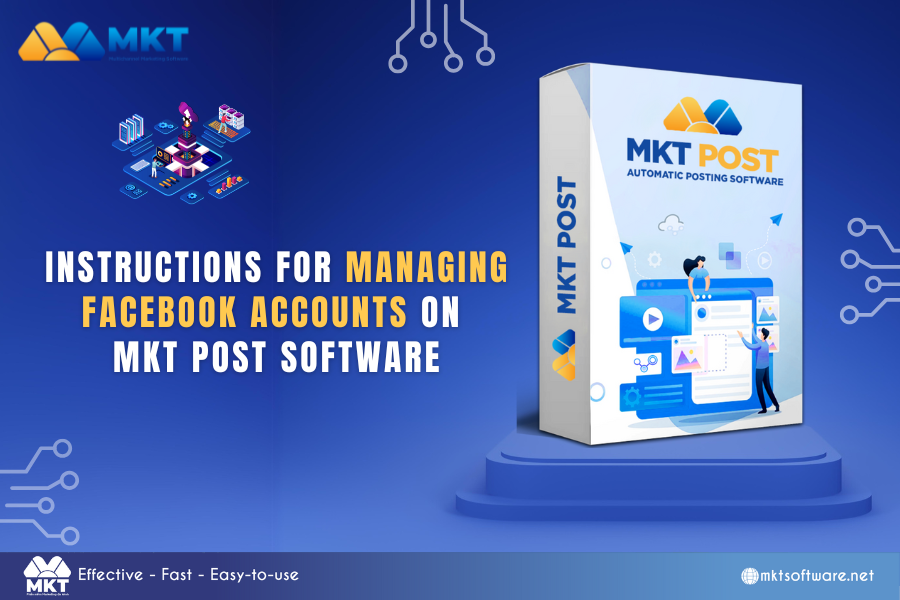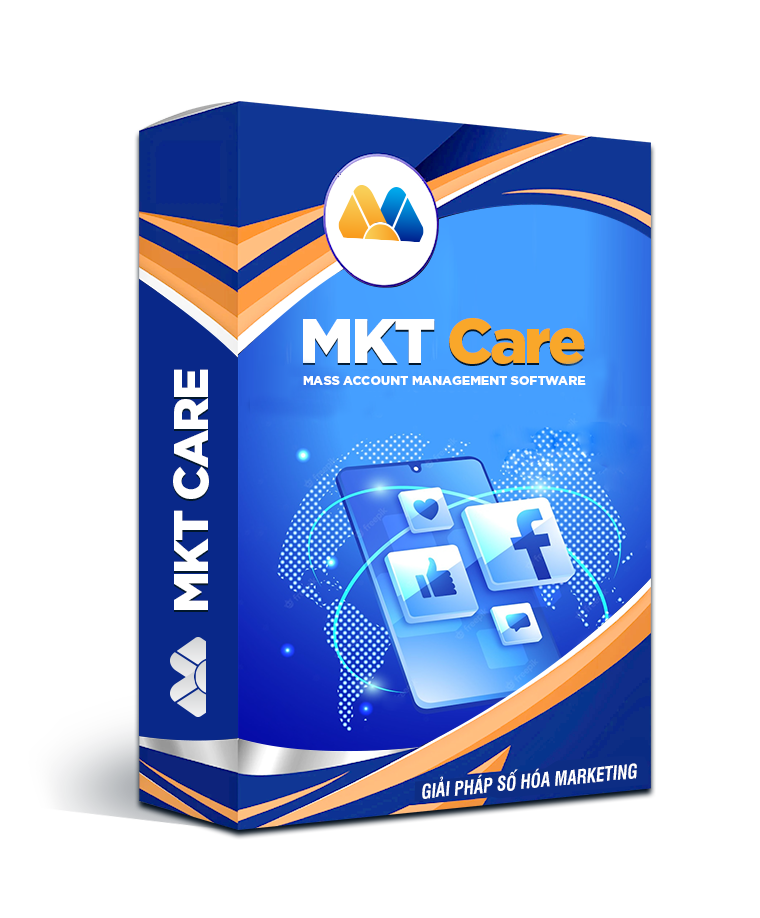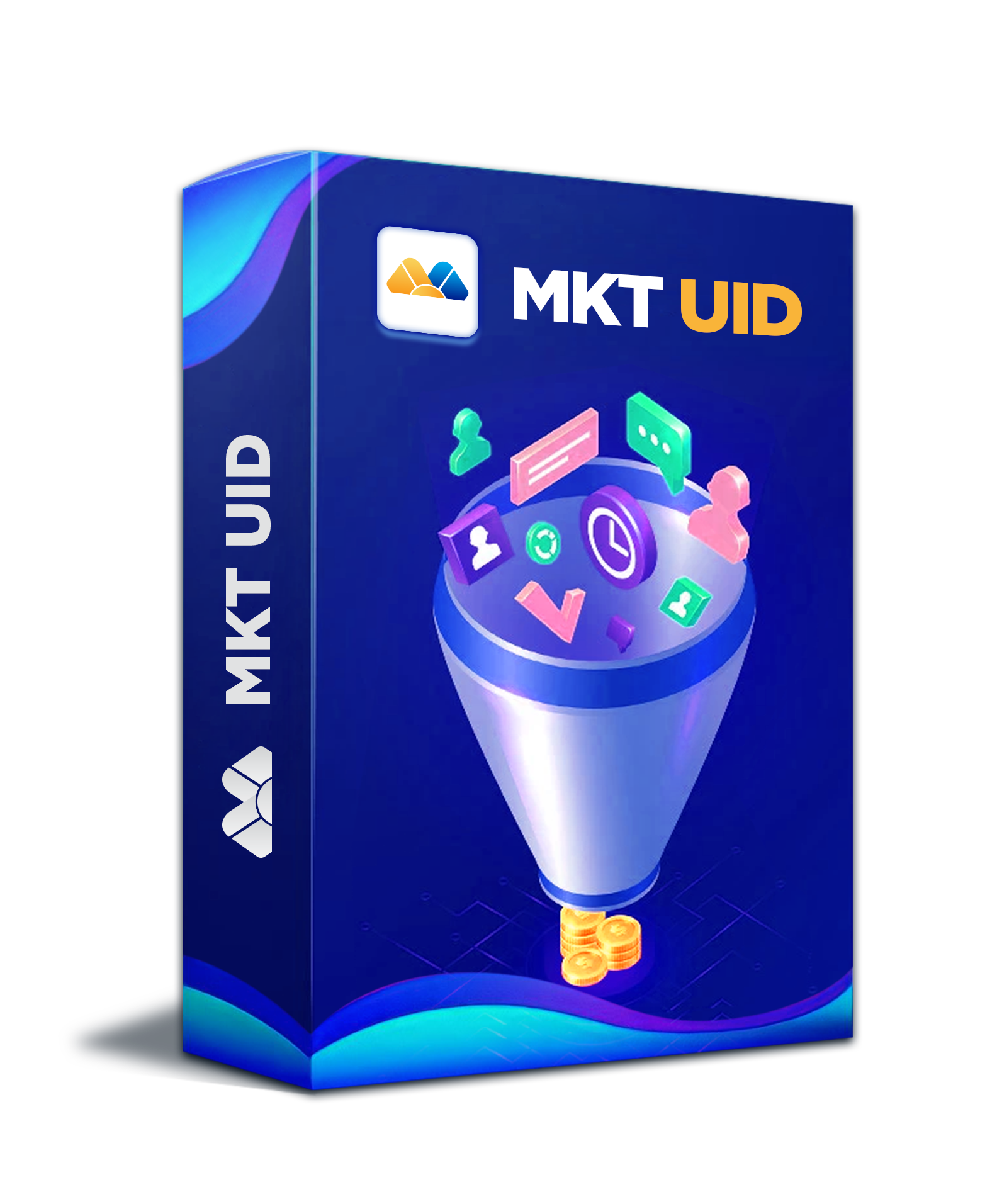“Whatever you do, you must first make it go viral.”
In a certain era, marketers and content creators have likely heard this kind of statement before. Viral marketing is a powerful technique that creates an extensive ripple effect for brands. Although it’s a popular method, creating a viral trend is by no means easy. Like a double-edged sword, viral marketing can be unpredictable. In this article, MKT Software will help you explore more about viral marketing.
Table of Contents
Toggle
I. Wait a second, what exactly is viral marketing?
Viral marketing is a form of marketing that relies on word-of-mouth between consumers, distributing information to a large number of people. Information spreads rapidly, similar to a virus, especially on social media platforms like Facebook, TikTok, Instagram, Twitter, etc. This type of marketing significantly impacts consumer attitudes and purchasing decisions because many people are talking about these products and services, which builds trust in the brand.
Viral marketing aims to encourage brand messages to spread widely, bringing high awareness and engagement. However, it also comes with the challenge of controlling and predicting outcomes.

II. The difference between word-of-mouth marketing and viral marketing
Many people may have heard the term word-of-mouth marketing and may wonder if it’s the same as viral marketing or if they’re actually different.
Word-of-mouth marketing
Let’s first understand this term. Word-of-mouth marketing involves consumers sharing product information and promotions with friends, colleagues, or acquaintances within a close circle, typically five to ten people. The buzz can be strong initially, but it tends to fade over time. This type of marketing is crucial for small businesses, especially with limited or no marketing budget, as it helps expand the customer base and drive sales.
For instance, if Mr. A buys groceries through a popular app and is impressed with its quality, he may share his experience with friends and followers on social media, sparking interest among his audience to try it.
Viral marketing
Viral marketing uses word-of-mouth to convey brand-related messages with significant growth metrics by leveraging social media to reach consumers. When a message is intriguing or engaging enough, consumers are likely to participate, share, and replicate it, making it a trending topic—whether positive or negative—immediately.

III. How viral marketing works
In theory, viral marketing is simple to execute: create engaging videos or content to capture the audience’s attention, then upload it on social media, the internet, or other channels. From there, wait for others to share it.
There are two strategies for viral marketing:
- Overt: Users are aware of and see the ads or content directly from your brand.
- Covert: Users only come to recognize the marketing content and later associate it with the brand.
You can adapt either approach based on your content’s context. However, avoid spamming by uploading multiple times; let social media algorithms work to make your content go viral.
Examples of Viral Marketing
1. By.U
One example of viral marketing is from By.U, an internet company in Indonesia that introduced its product through a character named Bayu Setiawan, who posed as the ex-boyfriend of a famous actress. The campaign gained massive traction online, boosting brand awareness for By.U’s products.

2. Indofood
Another example is Indofood Ice Cream, which created a viral video by blending modern and ancient elements. This ad went viral as millions of viewers shared and watched it.

IV. How to create viral marketing?
Entrepreneurs must understand viral marketing techniques to promote products effectively. Here’s what you need to know about viral marketing:
1. Consider why you want your product to go viral
To make a meaningful viral campaign, start by clarifying your goals. Are you looking to increase brand awareness, boost sales, or connect with a new audience? If, for example, you’re aiming to raise brand visibility, focus on crafting content that highlights your brand’s values in a fun and accessible way.
Or, if driving sales is your main objective, create content that highlights your product’s features in a way that’s compelling and easy to understand. Defining your purpose will give your content direction and help ensure it resonates with viewers.

2. Leverage social media analytics
Audience engagement is crucial in creating and sharing content for this strategy. Here are some helpful metrics for creating viral marketing content:
- Engagement rate
- Traffic and relevant keyword performance
- Click-through rates and audience reach
- Audience demographic data
- Impressions of the brand’s business account

3. Make content easily shareable
Creating shareable content starts with making it easy and appealing for viewers to pass along. Use engaging visuals, snappy captions, and clear calls-to-action to encourage viewers to share with friends. If your content includes tips, humorous insights, or inspirational messages, people are more likely to spread it.
Make sure your content can be shared seamlessly across different platforms, and consider including share buttons on your posts to make it easy for viewers to repost with minimal effort.

4. Create relevant hashtags
Hashtags are essential for making your content discoverable by new audiences. Choose hashtags that are relevant, memorable, and tied to your industry or theme. For instance, if you’re promoting a holiday campaign, you might use #HolidayGiftIdeas or #GiftsThatInspire.
You can also create a unique branded hashtag, such as #YourBrandHoliday2024, encouraging followers to share their experiences or purchases under that tag. For example, for TikTok – a highly interactive platform, hashtag TikTok can help foster a TikTok’s community around your content, increasing the likelihood of it being shared.
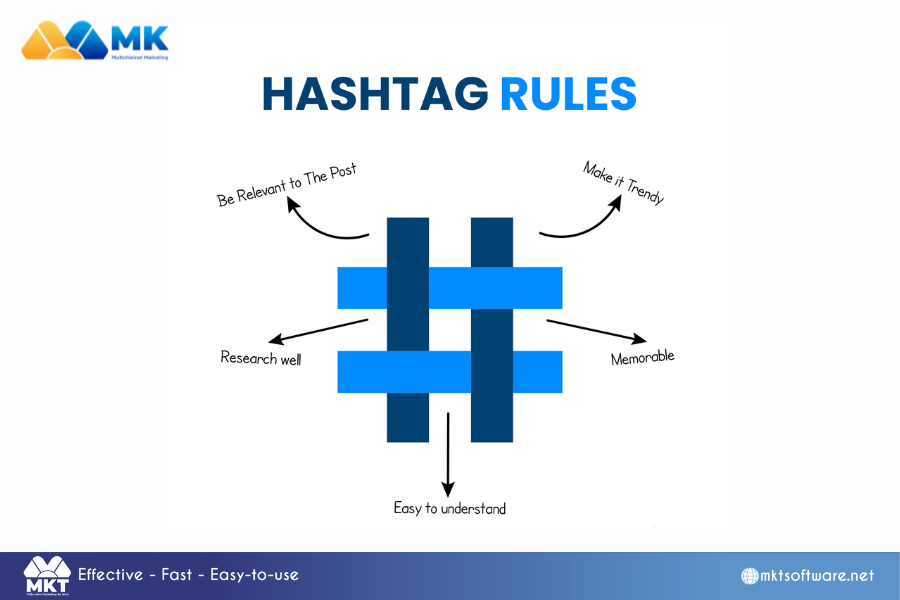
5. Use trend jacking
Trendjacking – using popular cultural moments or themes in your content—can make it more relatable and engaging. For example, if a popular show or meme is trending, find a way to tie it to your product. Many brands have successfully used popular TV shows like Squid Game by incorporating iconic visuals or phrases from the show into their content, making it fun and recognizable.
Just be sure that the trend aligns naturally with your brand identity so that the content feels genuine and avoids seeming forced.

6. Humanize your content
“People connect best with relatable, authentic content that feels human.”
To resonate with audiences, make your content feel personal and genuine. Instead of only showcasing your product, highlight real-life stories, behind-the-scenes looks, or customer testimonials that show your brand’s impact.
For instance, a video showing how your product has helped a small business succeed or improved a customer’s daily routine can be powerful. Humanizing your content allows viewers to connect on a deeper level, encouraging them to share it with others who might relate to these stories.

7. Viral seeding
Viral seeding captures the attention of your target group by encouraging interactions like comments, sharing images or posts, and creating testimonial videos. This builds quick brand awareness, guiding potential customers to make purchasing decisions, such as leaving contact info for consultation or sending direct messages for orders.
How can you implement viral seeding?
Automating this activity is the key, with tools like MKT Viral software offering automated viral seeding, including:
- Facebook Reels seeding
- TikTok video seeding
- Increasing views on TikTok live streams
See more: Thousands Tune Into Livestream Thanks to MKT Viral software
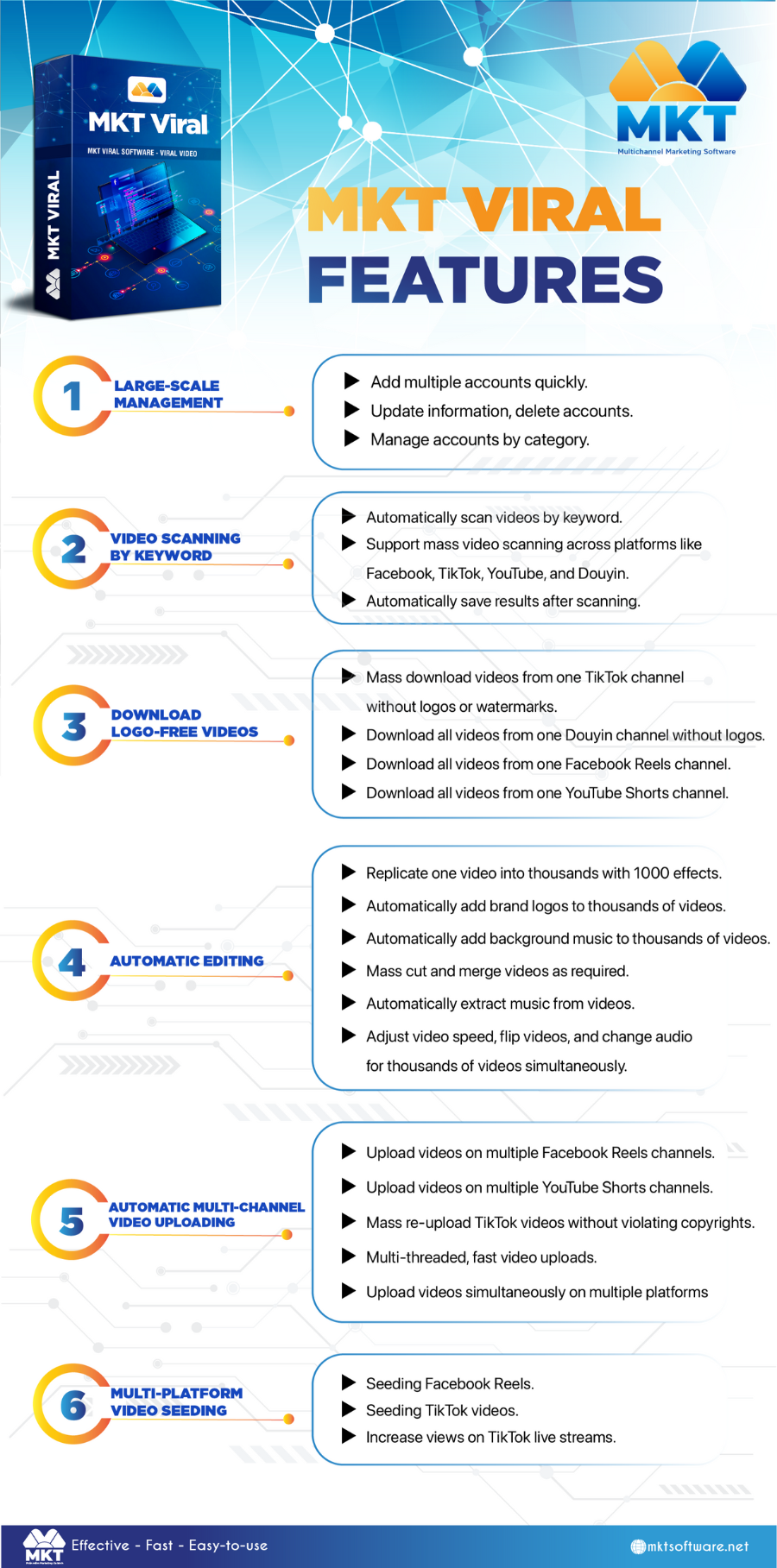
Conclusion
In summary, viral marketing is a strategy that can quickly gain a product’s popularity and draw audience attention. We hope this information has provided you with valuable insights to apply in your business.















